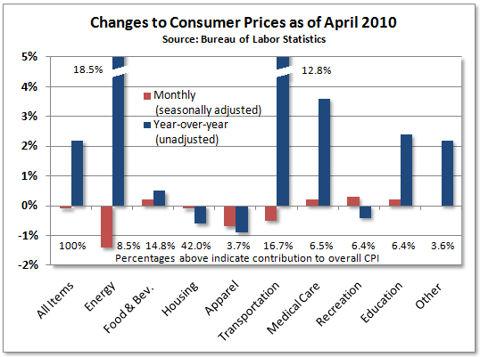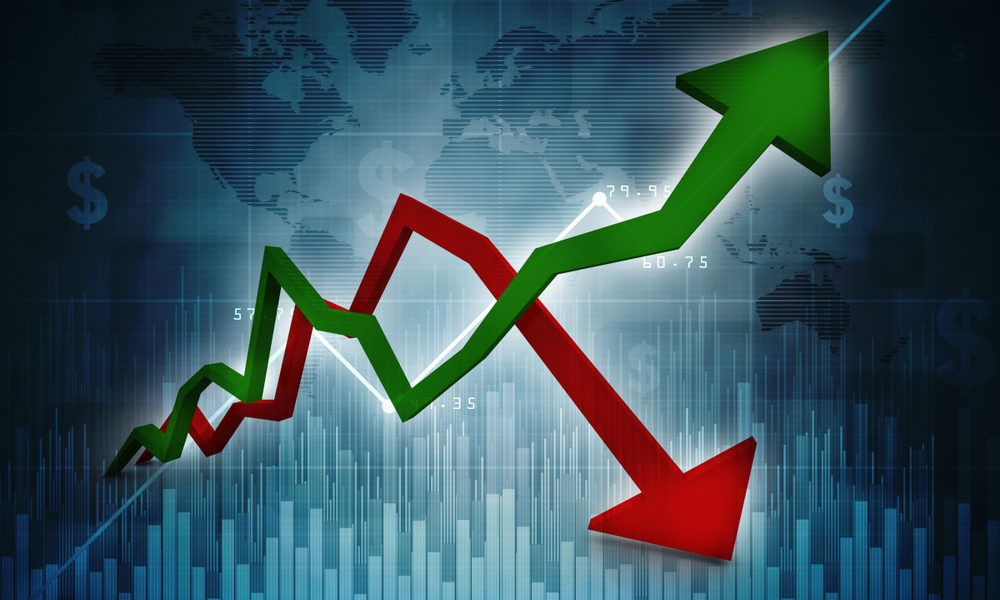


In the short term, high inflation can be the result of a hot economy - one in which people have a lot of surplus cash or are accessing a lot of credit and want to spend. A little bit of consumer price inflation is generally viewed as desirable, in part because it gives companies room to adjust to a changing economy - one where labor and commodities might cost more - without being forced out of business. The Federal Reserve, America’s central bank and the institution in charge of keeping prices from increasing too rapidly, targets 2 percent annual increases in the P.C.E. The two indexes are also built slightly differently. The other, the Personal Consumption Expenditures index, or P.C.E., is released at more of a lag and measures things people consume, including things they do not pay for directly - notably health care, which insurance and government benefits help to cover. One, the Consumer Price Index or C.P.I., measures the cost of things urban consumers buy out of pocket. In the United States, there are two main inflation gauges. Inflation is typically expressed as the annual change in prices for a basket of goods and services. Inflation is a loss of purchasing power over time: It means your dollar will not go as far tomorrow as it did today.


 0 kommentar(er)
0 kommentar(er)
